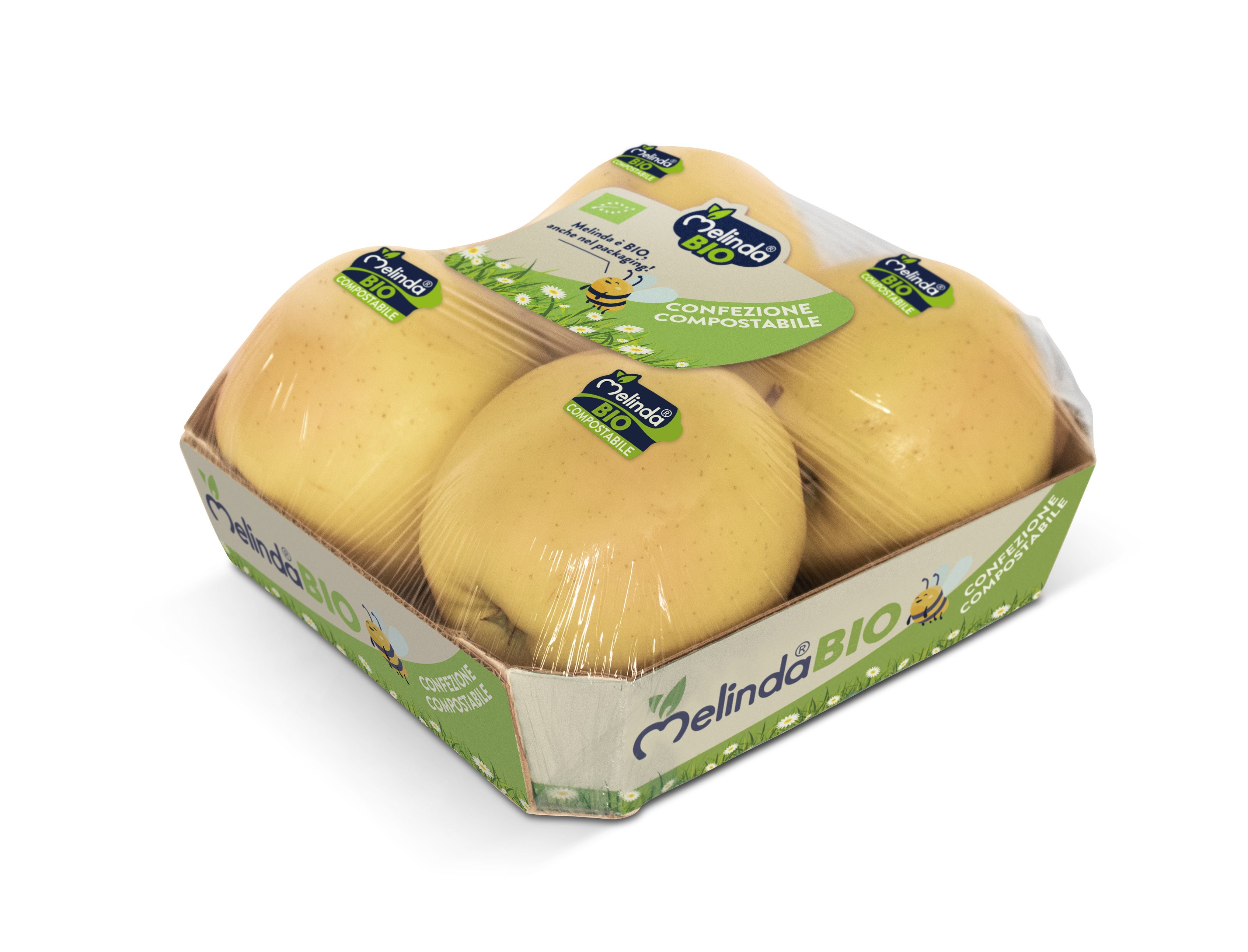LEAF: The First Food Film, from a 100% Made in Italy Supply Chain, That Can Be Disposed of in Organic Waste
Developed and produced by Crocco, based in Vicenza, this film comes from a fully Italian supply chain. The raw material is bioplastic, and it has already been adopted by premium food producers.
Named Leaf®, it is the first food film produced from a fully Made in Italy supply chain that can be disposed of in the organic waste bin, making this plastic packaging an integral part of the circular economy process.
“This innovation significantly changes the impact of a material used every day in millions of households to preserve food,” explains Crocco’s CEO, Renato Zelcher. “This new transparent food film is biodegradable and compostable. These characteristics were specifically designed to reduce its environmental impact compared to traditional solutions.”
Leaf® is biodegradable and compostable according to the UNI EN 13432 standard, certified by the OK Compost Industrial and Ok Compost Home label from TÜV Austria. It can therefore be disposed of in organic waste and enter the process destined for industrial composting, without affecting other waste treatment streams.
The new compostable food film can be used both for manual packaging—such as in homes, local shops, or in the fresh produce sections of large retailers—and for automatic packaging, suited for large-scale industrial production.
“The word revolution is often used lightly,” concludes Crocco’s CEO, “but in this case, I believe it is appropriate. Today, a fresh food product can not only guarantee safe packaging but also complete compostability. And in home kitchens, consumers can finally store food or leftovers with a safe film that can be disposed of in the organic waste, helping to do their part in protecting the environment while also reducing food waste.”
For industrial production, there is also the option to neutralize the already reduced CO2 emissions of the film through an eco-design process Crocco has named Greenside. “We are able,” Zelcher explains, “to measure the Carbon Footprint (greenhouse gas emissions throughout its lifecycle) of the packaging, potentially redesign it in terms of thickness and material, which may come from recycled or biobased sources, and ultimately ensure that remaining emissions are offset through the purchase of carbon credits, supporting sustainable projects like reforestation or renewable energy generation, as outlined in international agreements.”
